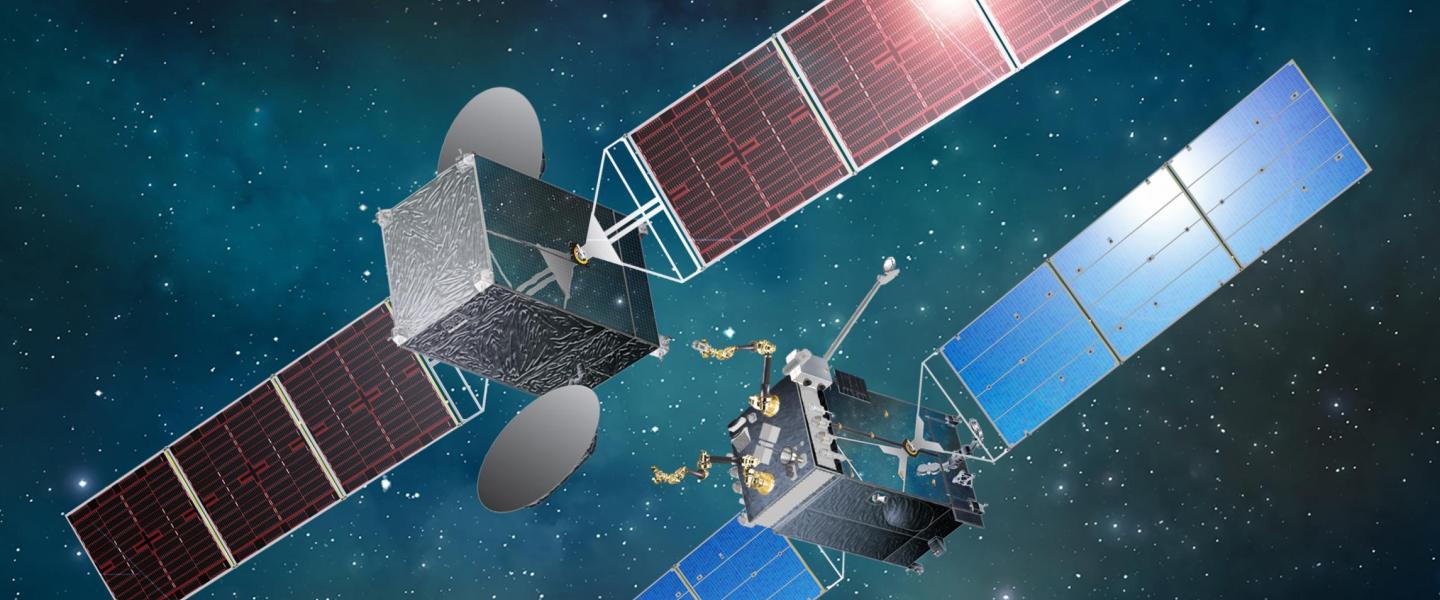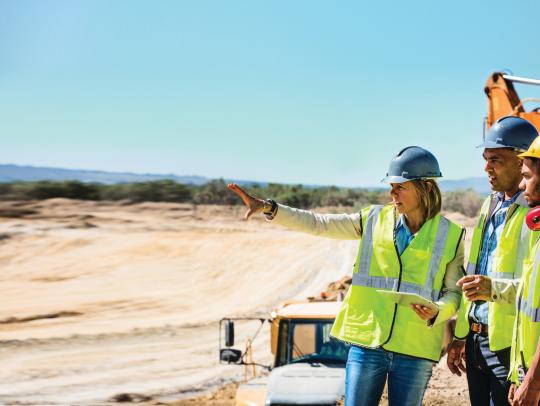Lifespans of satellites could traditionally be extended thanks to the meticulous manoeuvring of skilled engineers. With SES being the first commercial customer to sign up for this refuelling technology, Carlo Tommasini, Vice President, Fleet Engineering at SES details why we should be watching this space.
Refuelling a satellite on-orbit with minimal disruption on the operations of the spacecraft sounds like a scene from a science fiction movie. How does it work concretely?
MDA’s refuelling approach is conceptually similar to a travelling space gas station that is capable of refuelling satellites through robotic arms. MDA relocates the space gas station (robotic servicer) to the orbital location of the SES satellite where it docks to the aft end of the SES satellite for approximately nine days. While the SES satellite continues providing customer services, automatic and tele-operated robotic servicing tools are used to survey the SES satellite, manipulate thermal blankets, valves and pump fuel. After the fuel transfer is completed, the worksite is closed and the robotic servicer undocks from the SES satellite and moves away. Thereafter, the SES satellite operates standalone and can continue to serve our customers beyond its usual 15 year-lifespan.
What are the concrete benefits for SES using this technology?
Many satellites are healthy and in good operating condition in-orbit, and are able to operate beyond their 15 years design life. For these satellites, the limiting lifetime factor is the remaining fuel on board to maintain attitude control and orbital position station keeping. For satellites low on propellant, satellite in-orbit refuelling provides life extension maintaining revenue streams and/or provides time to determine the optimal fleet management strategy.
Would the satellite life extension service be applicable to both GEO and MEO fleets?
Currently the satellite life extension service is applicable to GEO fleet.
With SES being the first commercial satellite operator to sign up for these in-orbit refuelling services – what makes us confident in signing up for this new technology?
MDA is a leader in space robotics and automated systems enabling on-orbit servicing missions. SSL is a leading supplier of commercial GEO satellites and is also designing the satellite servicing spacecraft vehicle for the US Defense Advanced Research Projects Agency (DARPA) Robotic Servicing of Geosynchronous Satellites (RSGS) programme.
We have spent months working closely with MDA and SSL to develop jointly the refuelling services concept which meets SES’s needs. As SSL embarks on building the servicer, SES will be closely involved in reviewing the design and performance. We are confident that they can deliver this service in 2021. This service when ready will bring powerful options to our fleet management capabilities. Together with the MDA and SSL, we are proud to be pioneering this technology.
When do we expect to see the first SES satellite benefitting from MDA’s satellite in-orbit refuelling service?
SSL’s satellite servicing spacecraft vehicle is planned for launch in 2021, so we are hoping that would be the year where we would see our first SES satellite benefitting from this on-orbit refuelling service.
How and when will we determine which satellite will have to undergo refuelling? Do we already have a satellite in mind?
It’s a little too soon to start unveiling names at this stage. This is because there are a couple of factors that we need to consider -- the strategic importance of the orbital location, our long-term fleet plan, projected market dynamics at that point in time and most importantly the needs of our customers. It is of upmost importance for us to make sure that our customers have business continuity at all times.

